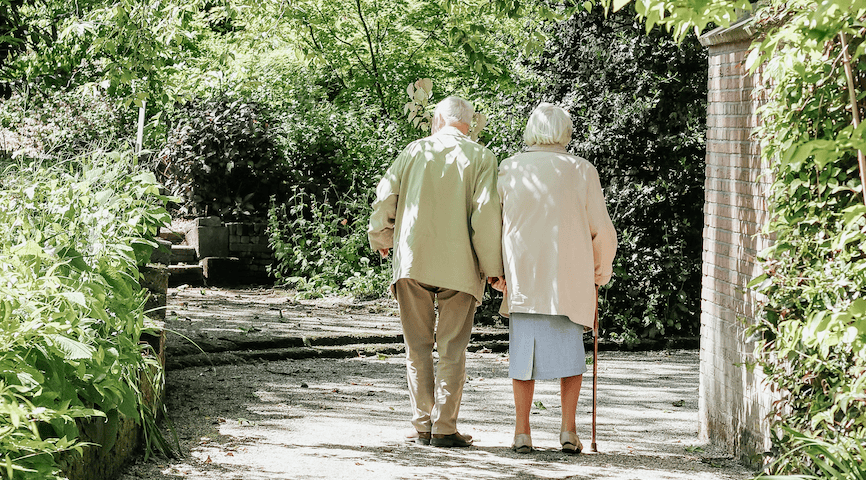
The Type of Screen Time Matters? Associations of Different Types of Screen Time to Depression in Adolescence
August 7, 2019
An Innovative Citizen Science Approach to Track Time Spent on Mobile Devices: a SMART Platform Study
August 21, 2019With the constant improvement of healthcare and technology, an increasing number of people around the world are living well into retirement. Currently there are more than 600 million people worldwide older than 60 years, and this number is forecasted to increase to 1.2 billion in the next 5 years. People are also retiring earlier – this in combination with living longer means that the average time spent in retirement is 18-22 years, and it will continue to rise so long as technology continues to evolve. The growing prevalence of retirement makes the older adult population an increasingly interesting and relevant target of research.
Needless to say, retirement is a significant transition period in one’s life, including or leading to social, financial, cognitive and physical changes. Among other areas, this change has major effects on sedentary time and also active time – for this population this means ambulatory activities or related to/adapted from walking. Similarly to many points throughout childhood and adolescence, the sizable changes that occur during the transition into retirement make it an key time to alter habits for promising long-term changes.
Changes with retirement actually come in the form of improvements, a UK study found that retired adults had significantly less sedentary behaviour and more ambulatory activity time than their employed counterparts. Most jobs involve substantial amounts of time seated and take up large amounts of the day which doesn’t leave much time for movement. Retirement, on the other hand, often consists of activities that involve movement, keeping older adults “busy”. involve moving around. However, they also noted that only 21% of their older adult subjects met the physical activity guidelines – in other words, though they did have reasonably high amounts of light-intensity movement, they were not getting very much moderate-level activity.
Given their generally uncluttered schedules, there are many intervention options available to the retired and older adult population. A 2016 systematic review evaluated the effectiveness of 8 intervention options for promoting and influencing a healthy lifestyle among retired participants.
Authors of this systematic review noted that the only intervention boasting positive effects in 100% of studies was the home-based intervention using pedometer/accelerometer data. Most interventions showed a majority of positive results (64-90% of studies within an intervention typology showing positive effects), including counselling, group sessions, individual exercise programs and in-home telephone interventions. Finally, a small portion of interventions showed inconsistent or null results including: in-home diet and exercise interventions, computer-based interventions and community-wide interventions.
Though originally hoping to determine the most effective physical activity intervention option for this population, the systematic review ultimately withheld from declaring a winner. Many intervention typologies had similar results (ie. similar percentage of studies demonstrating effectiveness) but they weren’t comparable – like apples and oranges. Aside from typical issues like participant ages and health as well as other confounders, the quality of evidence was too varied and there was almost no work or unity of research for short- vs long-term effectiveness. Some of the inconsistent/inconclusive results even lead them to wonder if retirement is as crucial of a time to implement changes as they had imagined.
In the end, we’re somewhat back where we started – more research is still needed for us to understand and effectively approach this complex population and life period.

About the author: Katie MacAskill is a summer student at the Children’s Hospital of Eastern Ontario (CHEO) with the Healthy Active Living and Obesity research group (HALO). She will be entering her fourth year of Honours Kinesiology at McMaster University in fall 2019, where she is also a member of the varsity swimming team.




